tony gallucci | home
back to El Cielo
Historic Documents from El Cielo Biosphere Reserve
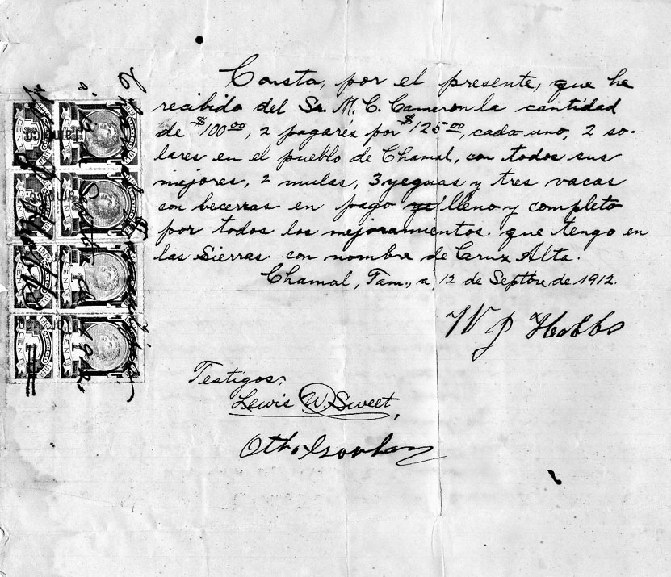
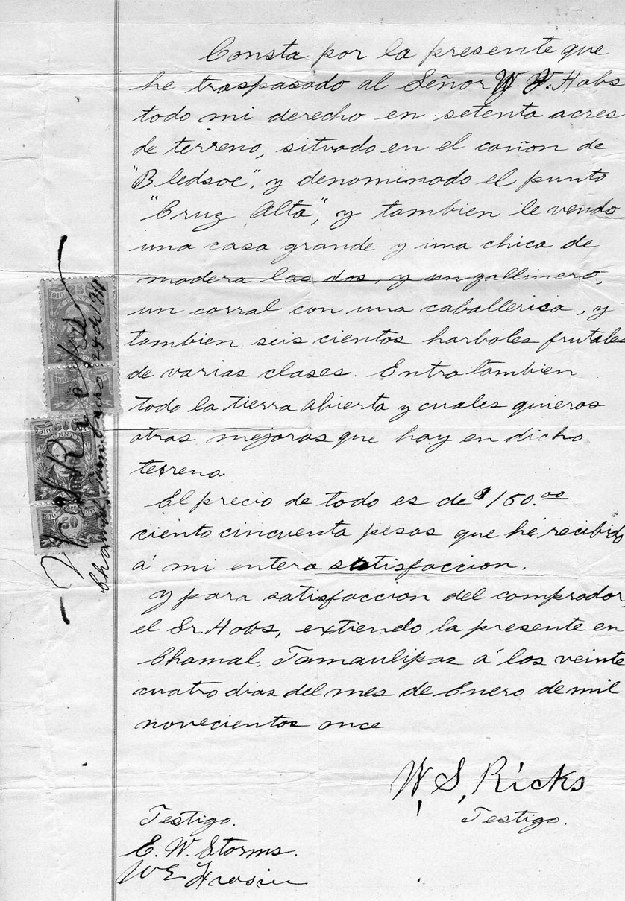
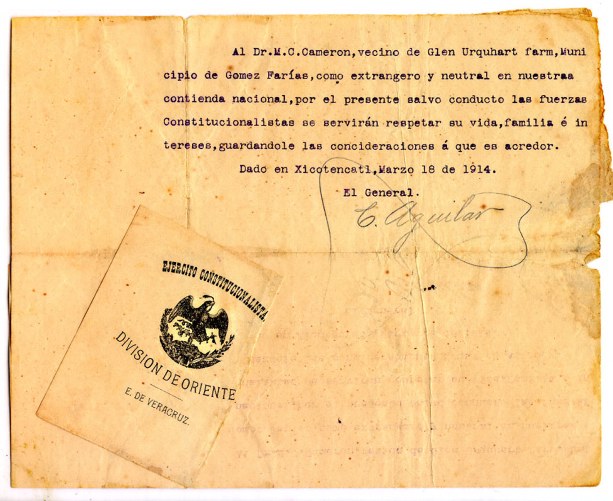
". . . Tamaulipas was very late in being conquered and incorporated into the Spanish colonial system. By the middle of the eighteenth century, few indigenous people remained in the southern part of the state; they had fled, died of disease, or been killed in the continuing struggle between the colonial world to the south and nomadic tribes to the north.
Beginning in 1747, the forces of Count José de Escandon subdued the hostile elements in the region and parceled out the land for settlement; people were brought in and towns established all the way to the Río Grande.
The town of Gómez Farías, at first called Joya de San José, was established in 1836 by families from central Mexico, mestizos, persons of mixed Spanish and Indian blood. (Spanish women were slow in coming to the New World.) Small tracts of land were parceled out to 40 recipients. In 1870, the government of Tamaulipas granted a village charter, creating a free municipal government. The village was now called the Villa de Gómez Farías, in honor of the then president of Mexico. The Municipio de Gómez Farías, the encompassing entity, roughly comprises the Sierra de Guatemala.
Gómez Farías was one of few settlements in the region, isolated, with heavily forested lowlands adjacent. Only in the 1890s did development start in the lowlands. It was during that period that settlers from the United States were encouraged to come and cultivate the land. . .
We were at Los Aguacates junction. Ahead, beyond the canyon, was the village of Alta Cima; to the right—somewhere—was Rancho del Cielo. John leaned back, half facing us. He had words to share . . .
We were at the site of the first Anglo settlement on the mountain, John explained. Murdock C. Cameron, a Scotch Canadian who had been a medic with the Royal Canadian Mounted Police, and his French-Canadian wife had come to Mexico in the 1890s seeking a healthy environment for the doctor, who had lost a lung while working above the Arctic circle. The Camerons had first lived in Ciudad Victoria, where Dr. Cameron was said to have opened a pharmacy and served as company doctor of the Texas-Mexican Railroad. After several years they had come to the Gómez Farías region. Some sources state that they resided in Gómez Farías for a few years before settling at the Aguacates. (The word aguacate, or avocado, comes from the Nahuatl Indian word ahuacatl.)
The Cameron residence at the Aguacates had been a cabin about 40 feet square. Presumably the timber was hand-hewn on the site, as were the split-oak shakes for the roof. Now, many decades later, there was no readily visible sign that anyone had lived here. Wooded slopes reached down to bare roadbed, erasing all but memories. The only reminder of the Camerons' brief sojourn at the Aguacates are a few avocado trees—unless, by chance, the curious visitor should probe about the adjacent woodland to find the foundations of the Cameron house.
Considering the difficult terrain, it is not surprising that after two years, the family moved up to the broad, flat valley now known as Ejido Alta Cima. . ."
Fred and Marie Webster, The Road to El Cielo, 2002
More from El Cielo Biosphere Preserve
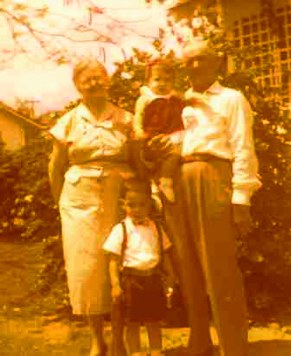
With Papa-Abuelito, Grandma-with-the-Garden,
and sis, McAllen, Texas, April 1959.
(photo by Arthur Gallucci)
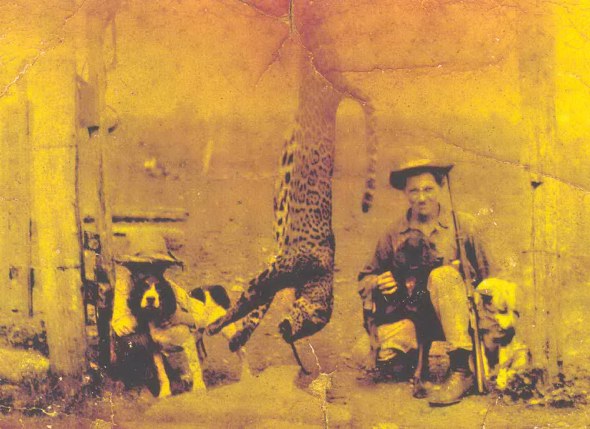
Papa Abuelito y el tigre
en El Valle Chamal del Cielo
Tamaulipas, Mexico, ca. 1900
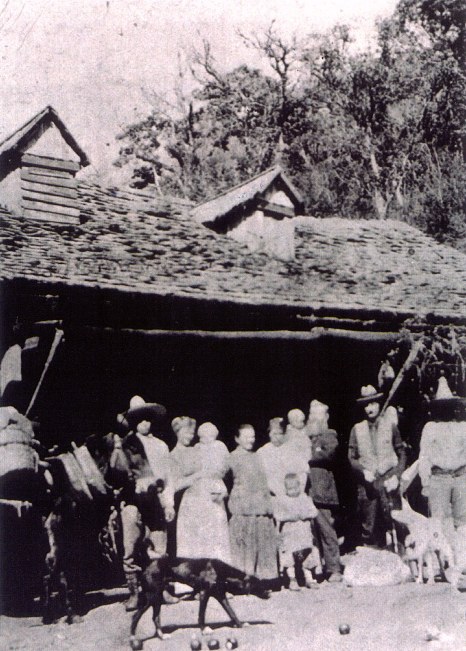
Great-grandfather Murdock Cameron (with beard),
with family at Alta Cima, also in about 1900.
(photo courtesy of Larry Lof, Gorgas Science Foundation, Brownsville, Texas,
and Jean-Louis Lacaille Muzquiz of Cd. Mante, Tamaulipas).